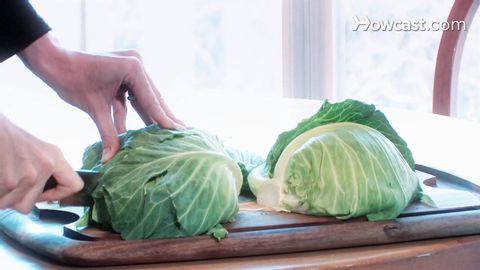
Subtitles & vocabulary
How to Eat to Improve Your Memory
00
pao2ge posted on 2014/12/04Save
Video vocabulary
improve
US /ɪmˈpruv/
・
UK /ɪm'pru:v/
- Verb (Transitive/Intransitive)
- To make, or become, something better
A1TOEIC
More step
US /stɛp/
・
UK /step/
- Noun (Countable/Uncountable)
- Movement done as part of a particular dance
- Distance covered by one movement of a leg; stride
- Intransitive Verb
- To raise and moving the foot to put it down
A1TOEIC
More show
US /ʃo/
・
UK /ʃəʊ/
- Verb (Transitive/Intransitive)
- To be easily seen or displayed
- To display your emotions or feelings
- Noun
- False display of love, emotion or action
- An event for displaying or promoting goods
A1
More memory
US /ˈmɛməri/
・
UK /'memərɪ/
- Noun (Countable/Uncountable)
- Ability of the mind to call back past things
- Space for the storage of information on a computer
A2
More Use Energy
Unlock All Vocabulary
Unlock pronunciation, explanations, and filters
